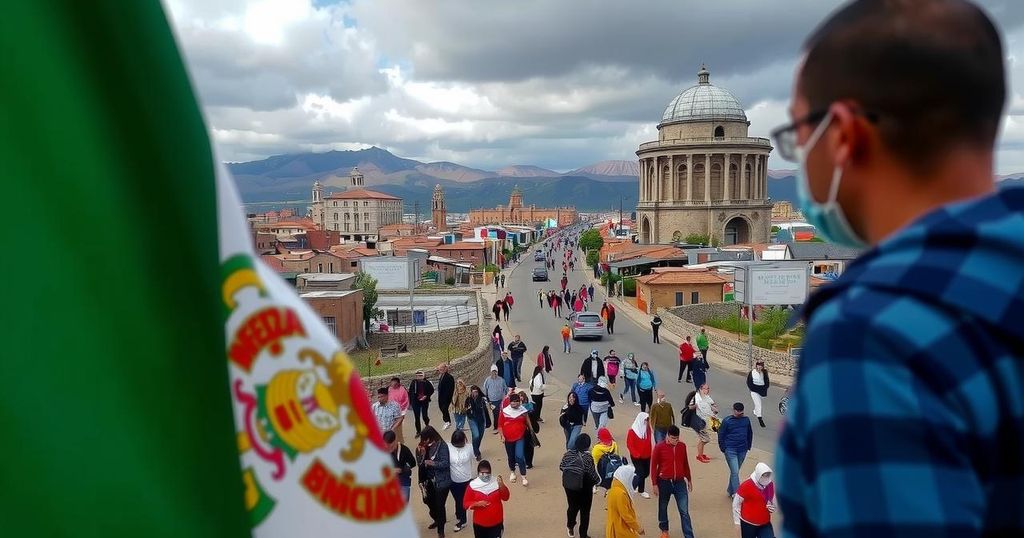Peru Prepares for Possible Influx of Bolivian Migrants Amid Economic Crisis

Peru is on alert for a possible increase in Bolivian migration due to Bolivia’s worsening economic crisis. Finance Minister José Arista expressed concerns about the implications of this migration wave while noting the importance of prioritizing higher-skilled migrants. The economic situation in Peru, which is growing at a better rate than its neighbors, may lead more Bolivians to choose Peru as their destination.
In light of the escalating economic crisis in Bolivia, Peruvian and other Latin American authorities are closely monitoring the implications for regional migration. Peruvian Finance Minister José Arista expressed concern over a potential influx of Bolivians seeking refuge from their nation’s economic turmoil, characterized by dwindling foreign currency reserves, rapid currency devaluation, soaring inflation, and severe fuel shortages. Although Arista indicated he was not overly alarmed about migration, he emphasized the importance of prioritizing higher-skilled migrants over lower-skilled laborers to ensure economic stability. The region has previously witnessed significant migration patterns, particularly due to an exodus of approximately seven million Venezuelans, with around 1.5 million relocating to Peru. This influx has contributed to rising xenophobia and heightened fears regarding transnational crime, prompting the Peruvian government to adopt measures that complicate immigration and facilitate deportations. Additionally, Minister Arista noted that economic conditions in neighboring countries are influencing migration trends. He stated, “I think that population will choose Peru,” as Peru is projected to grow at three percent while countries like Chile and Argentina experience low or negative growth rates. This economic optimism positions Peru as a more attractive destination for potential migrants from Bolivia. Arista’s reflections underscore the dual-edged nature of migration, which, while potentially beneficial to the economy, presents challenges in terms of labor absorption, especially for lower-skilled individuals. He acknowledged this concern regarding the previous influx of Venezuelans, stating, “The bad part is that maybe those workers came in a moment when we didn’t have the capacity to absorb their productive activities.”
The economic landscape in Bolivia has become increasingly precarious, with significant macroeconomic indicators suggesting an imminent crisis. As Bolivia faces substantial challenges such as significant currency devaluation, high inflation rates, and public service shortages, there is mounting concern that these dire conditions may compel many Bolivians to seek better opportunities abroad, particularly in neighboring Peru, which has established itself as a relatively stable economy compared to its regional counterparts.
In summary, the potential for increased Bolivian migration to Peru arises from the fragile economic situation in Bolivia coupled with Peru’s comparatively favorable economic prospects. While acknowledging the potential contributions of migrants to the economy, Peruvian officials stress the importance of managing inflows carefully to maintain balance in the labor market. This situation warrants vigilant monitoring, as the dynamic interplay of economic conditions profoundly influences migration patterns across South America.
Original Source: www.batimes.com.ar






